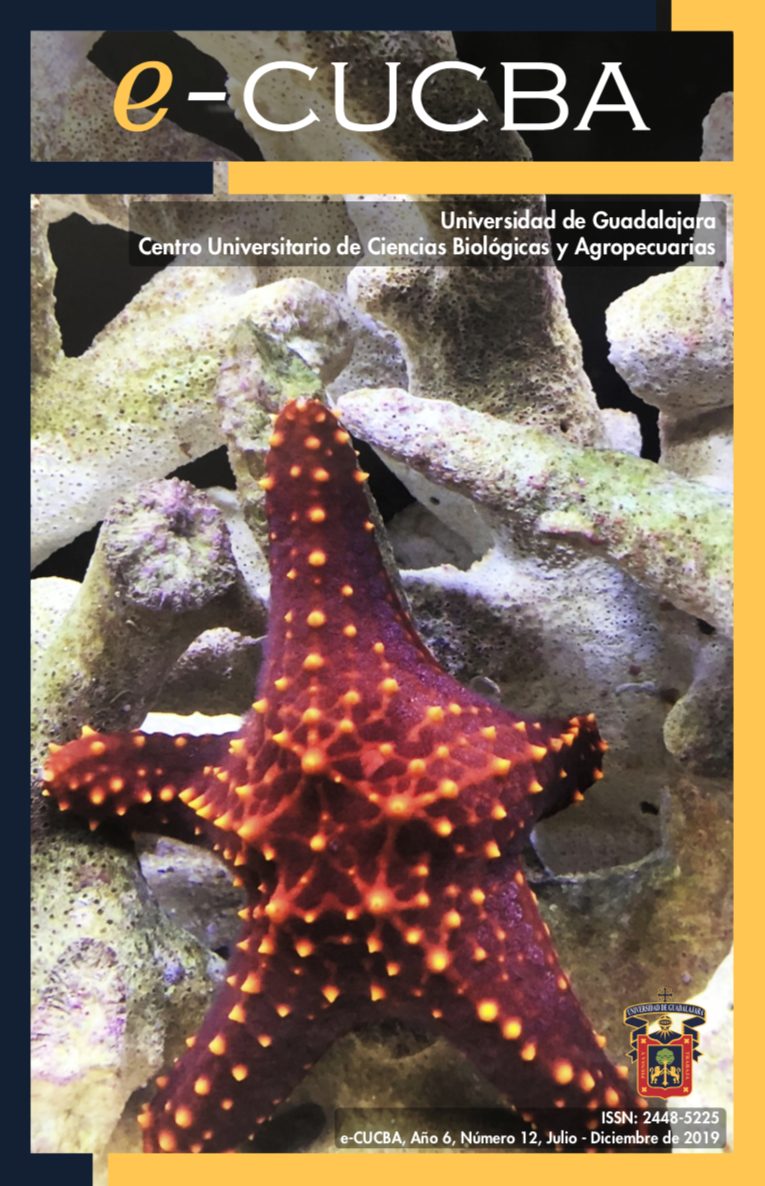Adulterants incidence in raw and pasteurized milk in the state of Jalisco, Mexico
DOI:
https://doi.org/10.32870/e-cucba.v0i12.133Keywords:
Milk, adulterants, JaliscoAbstract
The current Mexican regulations on raw and pasteurized milk, are still incomplete in aspects related to the detection of adulterants and contaminants, representing in many cases, a risk to consumer health. The present work consisted in a monitoring of 10 raw milk collection centers and 12 brands of pasteurized milk collected monthly. All the brand were commercialized in the metropolitan area of Guadalajara, Jalisco, in order to detect the presence of adulterants (formaldehyde, starch, hydrogen peroxide, sucrose, chlorinated derivatives, inhibitor residues, neutralizing agents, added water and cheese whey). The monitoring was carried out during 12 months using the analytical methodologies described in the current Mexican Standards. No formaldehyde and starch were detected in any of the evaluated samples. On the other side, it was found sucrose in raw and pasteurized milk, (incidence 2.5% and 0.7%; chlorinated derivatives (0.8% and 14.7%); inhibitor residues (11.7% and 23.8%); acidity higher than 1.7 g/L acid lactic (34.2% and 7.8%); neutralizing agents (5.4% and 9.9%); added water (2.7% and 27%) and cheese whey (40% and 25%); only 37.5% of raw milk and 31.5% of pasteurized milk comply with the corresponding regulations. On the basis of the data obtained in this study, it can be concluded that the quality of raw and pasteurized milk does not meet the minimum quality standards in most cases, and that adulteration in milk it is still widely practiced, particularly in the dairy industry.






